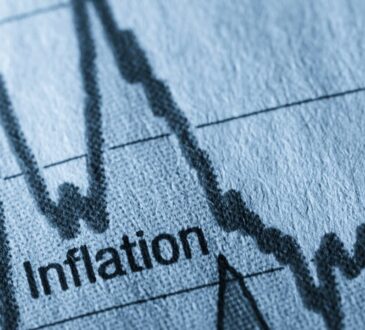
Recent figures released by the Bank of Ghana indicate that Ghana’s public debt stock still remains constant at GH¢575.7 billion at the end of November 2022.
By this, Ghana’s total public debt stock increased from about GH¢467.4 billion in September 2022 to about GHC575.7 billion in November 2022.
According to the latest Bank of Ghana’s Summary of Macroeconomic and Financial Data for the period ending March 2023, the debt figure of about GH¢575 billion still puts Ghana’s debt to Gross Domestic Product (GDP) ratio at 93.5% as of November 2022.
Per the data, the country’s domestic debt, still stands at GH¢194.7 billion at the end of December 2022, representing 31.6% of GDP.
This is compared to GH¢195.7 billion recorded in September 2022, and ¢193.1 billion in November 2022.
Already, government has taken steps to restructure its domestic debt through the Domestic debt exchange program which closed on Friday 10th February 2023 with over 80% participation of eligible bonds.
The external component of Ghana’s total public debt is $29.2 billion (¢382.7 billion) in November 2022, equivalent to 62.1% of GDP.
This is an increase from $28.4 billion (¢271.7 billion) in September 2022, and $28.3 billion in December 2021. The significant increase in the cedi component of the external debt is attributed to a 37% depreciation of the cedi to the dollar in 2022.
This comes at a time when the government in December 2022 suspended payments on most of its external debt, defaulting, as the country continues to find ways to rebalance the economy.
The Finance Minister, Ken Ofori-Atta has also been engaging with external creditors to conclude external debt.
As part of this, Finance Minister, Ken Ofori-Atta travelled to China on March 23, 2023, to negotiate with China, which holds about $1.7 billion of Ghana’s debt.
He is however hopeful of a successful meeting with the Chinese government.
The BoG data once again did not provide data for the financial sector resolution debt and other liabilities such as the energy sector debt.
Meanwhile, the government’s fiscal deficit to GDP narrowed to 8.1% in December 2022, as against 9.8% in November 2022.







